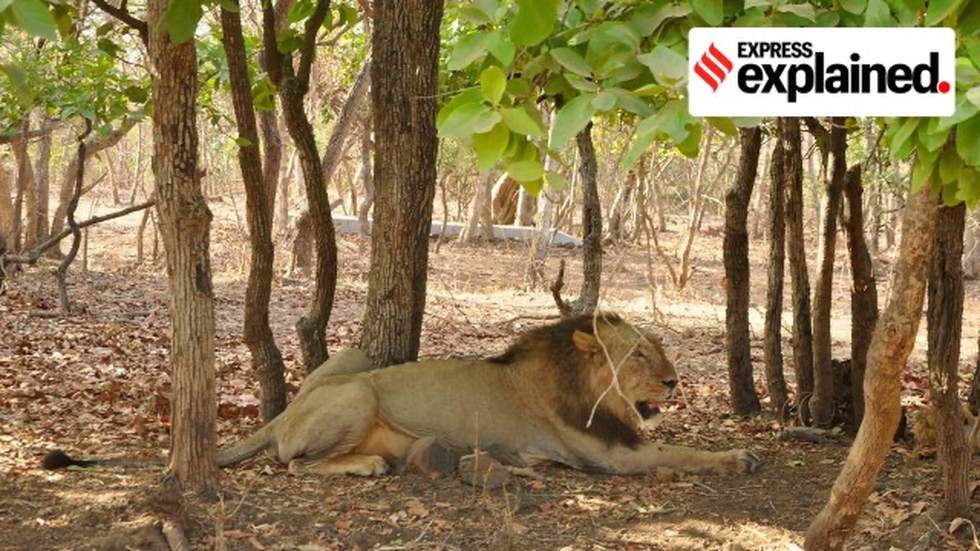About Eco-Sensitive Zones:
- As per the National Wildlife Action Plan (2002-2016), issued by the Union Ministry of Environment, Forest and Climate Change, land within 10 km of the boundaries of national parks and wildlife sanctuaries is to be notified as eco-fragile zones or Eco-Sensitive Zones (ESZ).
- While the 10-km rule is implemented as a general principle, the extent of its application can vary.
- Areas beyond 10 km can also be notified by the Union government as ESZs if they hold larger ecologically important “sensitive corridors”.
- It acts as a buffer zone around Protected Areas — national parks, wildlife sanctuaries, tiger reserves, etc. — so that the wildlife has a transition zone around them.
- Eco-Sensitive Zones are created as “shock absorbers” for the protected areas, to minimize the negative impact on the “fragile ecosystems” by certain human activities taking place nearby.
- These areas are meant to act as a transition zone from areas requiring higher protection to those requiring lesser protection.
- Permitted activities in ESZ: Ongoing agricultural or horticultural practices, rainwater harvesting, organic farming, among others.
- No commercial mining, stone quarrying, large hydroelectric projects, polluting industries, brick kilns, etc. are allowed in ESZ.
- Commercial establishment of hotels, resorts, small-scale non-polluting industries and the construction of civic amenities are regulated.
What makes Gir unique?
- Gir protected areas include the Gir National Park, the Gir Wildlife Sanctuary, the Paniya Wildlife Sanctuary and the Mitiyala Wildlife Sanctuary, spread across the Junagadh, Amreli and Gir Somnath districts in Gujarat’s Saurashtra region in its south.
